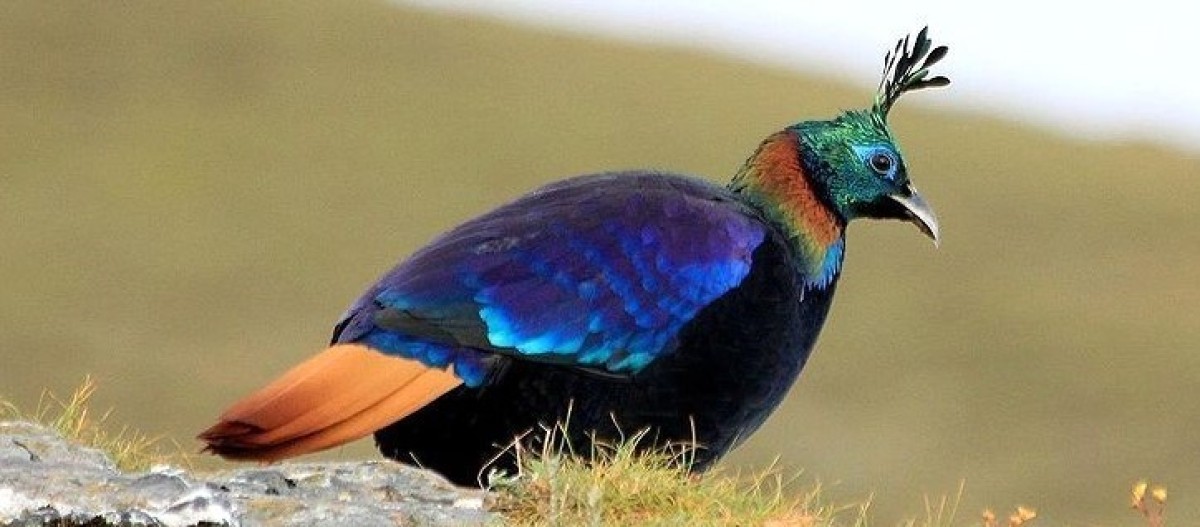
Tour Features: This tour is the blend of Lord Buddha’s birthplace Lumbini, 6th century BC ruined monuments of Shakya dynasty in Tilaurakot, traditional villages, several Tharu tribal culture programs, several feasts, festivals and cultural events, ancient monuments in Mid/Far West Nepal, dozens of beautiful grasslands and tranquil lakes, interesting hanging cliffs, wild bee-hives in hanging cliffs, thundering waterfalls, forested hills, rare mountain flora and fauna, unique lifestyle of shepherds in Ramarosan, wildlife safari in Bardia National Park by jeeps (famous for one horned rhinos and elusive Bengal tigers!), and, beautiful landscapes, farmlands, intermountain river valleys.
Guide: English/other language speaking local guide for the entire tour.
Lord Buddha’s birthplace Lumbini (UNESCO heritage site): Lumbini is the very peaceful and interesting culture heritage of Nepal where ancient monuments glorify the birthplace of the Sakyamuni Buddha. Thousands of pilgrims and visitors from all over the world come to this calm spiritual place throughout the year. Numerous holy brick foundation and intricate colorful monuments built up in spacious peaceful area from 6th century BC to till attract people from around the globe.
Important sites in Lumbini: Just after the Buddha’s parinirvana, the Lumbini grove altered into a world famous religious site where a monastic site developed around the sacred spot of Buddha's birth. Being the most sacred point of the Holy Land Lumbini, birth spot drew the attention of generous devotees who erected numerous artistic colorful structures from 5th century B.C.
The Maya Devi Temple, Nativity sculpture & Sanctum-Sanctorum: The exact birthplace of Lord Buddha was developed as a shrine in early 3rd century BC. Famous Maya Devi stone sculpture known as the Nativity Sculpture was installed in 4th century AD in which Lord Buddha’s mother Maya Devi, supporting herself by holding a tree branch and newly born Gautam (Buddha) standing on a lotus pedestal with heavenly blooming background are shown. The Nativity Sculpture is enshrined in the Maya Devi Temple. The exact holy birthplace of Lord Buddha, the Sanctum-Sanctorum enshrined in the Maya Devi Temple is one of the key attractions of the pilgrims and visitors.
The Ashoka Pillar: One of the most significant monuments and an authenticity of Buddha’s birthplace is Stone Pillar erected by a great Emperor in 249BC and later on it’s called Ashoka Pillar. The first epigraphic evidence of Lord Buddha’s birthplace was discovered by West Nepal Palpa regional governor Khadga Shamsher and German archaeologist Dr. A. Fuhrer. The text written in Brahmi script and Pali Language says: “King Piyadasi (Ashoka), the beloved of Devas, in the twentieth year of the coreonation, himself made a visit to Lumbini and paid his homage. Realizing that the Sakyamuni Buddha was born here, a stone railing was built and a stone pillar erected because the lord was born here.” King Ripu Malla engraved the famous Buddhist Mantra “Om Mani Padme Hum” with his name Sri Ripu Malla Ciranjayatu on this pillar during his pilgrimage to Lumbini in the 14th century.
The sacred pool Puskarini: The Pool Puskarni next to Maya Devi Temple and Ashoka Pillar is believed to be the sacred pond in which Maya Devi took a holy dip just before giving birth to the Lord Buddha and purificatory bath of the infant Buddha was given. A row of stupas with circular, square and rectangle bases built in 3rd century BC is surrounded to this holy site.
Monastery sites and World Peace Pagoda: The spacious delightful, peaceful site of numerous intricate colorful monasteries built up by many national / international government and non-government organizations looks really a wonderful heaven where one can do meditation and try to find a real peaceful way of living. Newly built World Peace Pagoda is another attraction of Lumbini.
The monuments we visit: In Lumbini Garden, we’ll see Maya Devi Temple, 6th to 1st century BC ancient stupa groves, Ashoka Pillar, Pushkarni Pond next to the Maya Devi Temple, monks under Bodhi Tree. Beginning of monastery site, we’ll see eternal holy fire flame.
Eastern side of the canal: Myanmar Golden Temple, Gautami nunnery, Combodian monastery (under construction), Thai monastery
Western side of the canal: Chinese monastery and Lingsing monastery
Near Lumbini Hotel Kasai: World Peace Pagoda
6th century BC Maura Era ruined monuments of Shakya dynasty in Tilaurakot: A large area of interesting huge walls of mud bricks lying in the middle of Tilaurakot Sal forests is proposed to enlist UNESCO World Heritage site. There are dozens of mysterious brick walls which are really wide and worn out. There are lots of excavations made by global archaeologists led by Durham University England in collaboration with the Department of Archaeology Nepal, Lumbini Development Trust. A group of archaeologists unearthed some earthen pots, animal statues, copper coins and various household goods during excavation which are over 2400 years old. The goods found there are kept in Tilaurakot museum. Shakya prince Siddhartha Gautam spent his life there till 29 year old.
Valley of temples - Surkhet (7th century monument ‘Kakre Bihar..): Surkhet is a beautiful intermountain valley in the lap of Siwalik hills and Lesser Himalaya range where we see interesting terraced cultivated fields, settlements, tropical sal forests, hills and hillocks, mountains and can visit recently rebuilt 7th century Hindu and Buddhist combined monument ‘Kakre Bihar’ in forested hill surround by cultivated field, Deuti Bajai temple, Bulbule lake with colorful garden and observe lifestyle of locals.
Ramarosan lakes, grasslands and waterfalls: Located an elevation of 2000m to 3800m, Ramarosan is an interesting place of a dozen of tranquil lakes, one and half dozens of beautiful large marshy grasslands, series of hanging cliffs, wild bee-hives in hanging cliffs, thundering waterfalls, rhododendron-oak forested hills, rare mountain flora and fauna and wonderful lush green landscape where we can also observe unique lifestyle of shepherds etc. This is to home to the national bird of Nepal ‘DANFE’, pheasants, partridge, mountain crow, love bird, griffin vulture, rock bees, musk deer, leopard, tiger, wild boar, yellow throated marten etc. We can see wonderful view of Api-Saipal Himalaya range, Budhi Ganga valley and settlements from here. Boating is available here these days but not reliable. This is the main source of water for some rivers and lower valley region. This is also a holy land where there are numerous festivals takes place. This place is also known as one of the touristic destinations in the region.
Beautiful shrines and landscape along the route we visit in Far West Nepal: You will visit Pancha Dewals -the five stone shrines, one of the most interesting and important Hindu shrine Baiddhanath Dham, temples of the most powerful goddess Shaileshwori and Ugratara, Behedababa and Ghodaghodi Shiv temples and see more shrines along the route. It is a scenic drive where you see heart alluring river valleys, terraced cultivated fields, beautiful traditional villages, towns, forests, hills and hillocks. Typical lifestyle in the traditional villages like Binayak, Bannigadhi, Punna, Bandugrisain, Sirkholisain and wonderful unique landscape are additional attractions. Interested people also have choice of rafting in Karnali and Seti River.
Tharu tribes, village tour and observe their culture programs and fishing expedition in Far West Nepal: Over a dozen ethnic group of Tharu are Indo-Aryan Hindu people dwelling in lowland terai scattered from eastern to far western border of Nepal in the southern foothills of the Himalaya. It is said that they were the terai’s only ethnic group, roaming in the tropical dense forest and large grasslands with their animals before 1960s. They are mainly farmers grow various food grains and keep animals for the organic fertilizers.
Rana and Katharia Tharu are settled in Far West Nepal for centuries and it seems that they have no internal migration. Dangaura Tharu had famous kingdom in the Asia’s biggest intermountain valley ‘Dang’ just northwest of Lord Buddha’s birthplace Lumbini but in early 18th century after the invasion of Magar dynasty, many Dangaura Tharu migrated to Far West Nepal for the safety and survival. There is alluvial fertile soil in lowland terai with lots of wetlands where can be grown up good crops especially rice. So, year by year, for better crops and better lifestyle, most Dangaura families migrated to different of part of terai, Far West Nepal. Such movement was common till 1980s.
They have mostly thermal air conditioned cow dung-clay plastered house with clay tile made of wood, shrubs, fodder and clay. Muddy house walls are engraved with elephant, bird, fish, plant pictures and colorful wall painting is related to lifestyle of Lord Krishna and Pandava; the main 5 characters of the biggest Hindu epic Mahabharat. Forest, agriculture, earthen items are the main source of living. They grow all food they need like rice, wheat, lentil grains, mustard, flaxseed etc and keep cow and buffalo for milk, bull and male buffalo for transport, goat and sheep for meat, chicken and ducks for eggs and meat. Animal dung is used as fertilizer, fuel to cook food, scrub houses and mix it with mud and hay scrap to plaster house floor, yard and to make food garners and other household items. They collect forest products like fodder for animals, house roof, Dhakia baskets and brooms, plant bark for rope, jute threads and sacks, roots-shoots & wild fruits for vegetable, medicines, fermenting homemade beer ‘Chang’ and alcohol ‘Raksi’, wood for building house, household items, furniture & fixture etc. Whatever they need, they make their almost all things themselves from forest products, earthen items and animal dung. In present day, modernity is influencing their culture but new generation is trying to continue their ancestral profession and culture. Fish, snail, crab and mouse are their favorite fleshy meals. Even for a single fish or a mouse hunt they can spend a whole day. So, fishing and mouse hunting are quite popular in the community.
Most Tharu people plough field with a pair of oxen and dig the corners with spades. Wheat is sown in November and harvested in March-April. Similarly, rice is planted in May-June and harvested in October. Almost all members of the families of the societies go to farmland to work and a lady at home prepares food for them and carried to the field to serve them. Traditional way of farming and harvesting is interesting. Tharu women husk rice in ‘Dhiki’, traditional rice mill, wheat and other food grains are grinded in ‘Jaanto’, the flour mill, and mustard, flaxseed, hemp seed and sesame seed are squeezed in ‘Kol’ the oil mill. Traditional oil mill is not common these days but rice and wheat mills are common in every Tharu society. Their traditional way of working at home looks very interesting. Tharu are really skilled and almost self-sufficient people who manage the household work with mostly plant and earthen based items.
We organize their classic culture programs for our guests. You will observe very interesting culture dances and typical lifestyle, household activities, dramas, traditional wedding ceremonies, cooking traditional tribal dishes, fermenting local beer, home made distillery, husking rice, grinding cereals in traditional meals, weaving bamboo/shrub mats and baskets and their interesting fishing expeditions.
Wildlife safari in Bardia National Park: Adjoining the eastern bank of the Karnali River in the Bardia district, the largest and most uninterrupted wilderness lowland zone of Nepal terai, Royal Bardia National Park is a protected area established in 1988 covering an area of 968 km2. Within the boundary of Siwalik Hills in the north, highway and villages in the south, Geruwa, a branch of Karnali River in the west and Babai River, villages and partly Banke National Park in the east, it has lots big grasslands, dense tropical forests, Siwalik hills and traditional Tharu villages in the buffer zone area. Nepal’s longest highway connected from the eastern border to the Far Western border, East-West Highway (also called Mahendra Highway named by a late king Mahendra) goes through the middle of the national park. So, we drive through it with a certain limit of driving speed where the visitors must registers their vehicles and their information at the national park security check points (Nepal Army) in various places along the highway.
National Park is famous for elusive Bengal tiger, one horned rhino, giant Asian elephant, herds of swamp and spotted deer, red macaque (red monkey), black faced white monkey (langoor), wild boar, pythons, dolphin in Geruwa River etc. We often see herds of deer, rhino, monkey, peacock but tiger! There are only 2 places to drink water for tigers. If there is sunny day with no high sounds and no rough movement of human, there is high chance to see tigers (almost 99% chance in the afternoon of sunny day). If we drive through Bardia and Banke National Parks early in the morning, we may see tiger along the highway. As per the national park current rule, we should enter the national park in the morning for wildlife safari. Thus after having breakfast and taking pack lunch, we go for wildlife safari within the timeframe and takes whole day till 3-4pm.
Monthly rainfall & temperature of some tour places of Nepal
|
|||||||||||||||||||||||||||||||||||||||||||||||||||||||||||||||||||||||||||||||||||||||||||||||||||||||||||||||||||||||||||||||||||||||||||||||||||||||||||||||||||||||||||||||||||||||||||||||||||||||||||||||||||||||||||||
Day01: Arrive Lumbini , 5* hotel.
Day02: Explore 6th century BC ruined monument in Tilaurakot, drive to Kohalpur, 5* hotel
Day03: Drive to Surkhet -Rakam Karnali, explore Surkhet, monuments, lifestyle & landscape, dinner & overnight in tent /river camp.
Day04: Drive to Ramarosan, camp in grassland.
Day05: Explore Ramarosan, camp in grassland.
Day06: Drive to Silgadhi, Shaileshwori Temple premises, monuments, lifestyle and landscape, camping.
Day07: Drive to Dadeldhura, monuments, lifestyle and landscape, camping.
Day08: Drive to Dhangadhi, lifestyle and landscape, 3*hotel.
Day09: Dangaura Tharu tribal village tour and culture programs, 3* hotel.
Day10: Rana Tharu and Kathariya Tharu tribal village tour and culture programs, 3* category resort.
Day11: Wildlife safari in Bardia National Park, drive to Nepalgunj, 5* hotel.
Day12: Drive to Lumbini, 5* hotel.
Day13: Explore Lord Buddha’s birthplace Lumbini, 5* hotel.
Day14: Program over / fly back home
Detailed itinerary
Day 01: Arrive Lumbini (190m), transfer to hotel/ Sightseeing in Lumbini
Upon arrival at the airport, after completing the visa formalities, meet local representative and transfer to hotel by private bus. Check in hotel. Depending on time, relax in hotel or sightseeing in nearby villages and visit World Peace Pagoda in the afternoon. Dinner and overnight.
Day02: Explore 6th century BC monuments - drive to Kohalpur, approx 235km, approx. 7 hour, hotel
After breakfast, drive to Tilaurakot, explore 6th century BC ruined monuments of Shakya dynasty where you can see interesting huge wide foundations of palaces and monuments, and a beautiful shrines with many elephant statues. There is also a museum where you see ancient household ceramic items. Drive continue to Kohalpur through settlements, farmlands, Siwalik hills, river valleys, forests and Banke National Park. You can lunch in Bhalubang or Lamahi. Check in hotel. Dinner and overnight.
Day03: Nepalgunj - Surkhet - Rakam (660m) 110km, approx. 6/7 hour drive, camp
Have breakfast, drive to Surkhet through Bardia National Park, cultivated fields, forests, river valleys, Siwalik hills and settlements. visit Deuti Bajei Temple, Bulbule Lake colorful botanical garden and Kakre Bihar- 7th century monument of Hindu and Buddhist. Have lunch at Hotel Siddhartha or similar hotel then drive continue to Rakam Karnali. It is a beautiful scenic drive along Karnali River valley. Camp by the river. Dinner and overnight.
Day04: Drive to Ramarosan (2350m), 110km, 7-8 hour, camp
After having breakfast, drive to Ramarosan through villages, beautiful hills, hill slopes, terraced cultivated fields, river valleys and forests. We visit interesting artistic stone columns Pancha Dewals in Binayak and some traditional villages along the road. Have pack lunch on the way. Camp in grassland below the lakes. Dinner and overnights.
Day05: Explore beautiful holy land Ramarosan lakes and grasslands…, camp
The day is dedicated to explore the beauty of holy land Ramarosan. Hike up to the lakes, explore the heart alluring nature; tranquil lakes, large grasslands locally known as patans grazing cattle, hanging cliffs where we can see thundering cascades and wild bee-hives, and rhododendron-oak forests. We may also see colorful Himalayan munal DANFE; the national bird of Nepal, pheasants, griffin vulture, musk deer, wild boar and occasionally leopard. We can see beautiful view of Api and Saipal Himalaya range and river valleys from there. You may have unique experience with typical lifestyle of shepherds in the region. Today, you will have pack lunch. Return to the camp. Dinner and overnight.
Day06: Drive to Silgadhi (1285m), Shaileshwori Temple premises, 118km, approx. 7-8 hour, camp
After having breakfast, drive to Silgadhi through beautiful farmlands, traditional villages, hills and hillocks and river valleys. On the way, we visit the most interesting Hindu temple premises Baiddhanath by the confluence of Budhiganga and Saraswoti river. Road bends in Sanagaon and Khirsain seem very interesting. Upon arrival in Silgadhi, have lunch then you can visit one of the traditional villages; Pakari, Kalena or Punna and Silgadhi bazaar in the afternoon. Dinner and overnight.
Day07: Drive to Dadeldhura (1710m), 75km, approx. 3-4 hour, camp
Visit one of the most important Hindu temple of powerful goddess Shaileshwori in the morning where you see pilgrims ring holy bells, praying and worshipping. Big festivals take place here in September-October-November and March but ritual performances take place all year round. Have breakfast then drive to Dadeldhura through beautiful large farm fields along Seti River valley, hills, villages and towns. On the way to Dadeldhura, we visit Sirkholisain traditional village where you see colorful cow dung plastered houses in the bank of Seti River. You will also see typical interesting lifestyle of mountain locals there. You will have late lunch in camp then visit Ugratara Temple, historical Amargadhi and Dadeldhura bzaar in the afternoon. Dinner and overnight. Today is the last night in tent.
Day08: Drive to Dhangadhi (180m), 145km, approx. 5 hour, hotel
Drive to terai town Dhangadhi through beautiful mountain ranges, steep hill slopes, forests, traditional villages, towns, farm fields and river valleys. You will see typical lifestyle of mountain people along the road side. There is the biggest forested hill Tele Lek. You will see beautiful plain land from Budhitola forested hill then will descend to Godawari through forested hill where you see interesting beautiful road bends just before terai. Have pack lunch on the way. Check in hotel. Dinner and overnight.
Day09: Behedababa Temple, Dangaura Tharu village & culture program, hotel
After having breakfast, drive to Behedababa Temple premises. Many pilgrims from all parts of the region, Kathmandu and northern part of India visit this holy land to make their wish successful. Aunsi (dark fortnight) and Purnima (full moon) fairs are celebrated twice a month. Every year, there are very interesting three major festivals- Ganga Dashara Mela during June, Beheda Baba Mela during August and Maghi Mela in mid-January. After visiting this holy shrine, we drive back to Rampur Dangaura Tharu village.
The group will be greeted with very interesting culture performance. Explore their typical village where you will see traditional clay dung plastered houses made up of mud and hay. The thermal air conditioned houses have tiny windows for the light whereas the clay tile roofs are well ventilator. The outer walls of the houses are embossed with animals, birds and flowers figures. Clay horse representing their GOD placed in a separate hut just front of the house is really wonderful. Agro and forest based handmade household products handing in the roofs and walls look very interesting. Shed for cow, sheep, buffalos and pig attached with the houses is another attraction. This is the most traditional and dense Dangaura Tharu village with over 60 households.
We will walk through village to observe their typical lifestyle, watch their interesting activities. Boys and girls perform several dances separate and together in their traditional outfits. Tharuni (Tharu women) look so beautiful in their traditional outfits and ornaments. Near the village there are lotus blooming 2 beautiful natural lakes where Dangaura people will show their way of fishing. Interested people can go for fishing and boating there. Drive back to hotel. Dinner and overnight.
Day10: Rana and Kathariya Tharu village tour and their culture programs, drive to Chisapani, 100km, approx. 3 hour, hotel
Today, the day is dedicated to the discovery of the Rana Tharu and Kathariya Tharu culture. After having breakfast, drive to Rana Tharu village. Arrive the village inhabited by the ethnicity of Rana Tharu to discover together their traditions and to watch their dances and to discover their particular fishing system. In each village there is an official called Mahato/Badghar whose job it is to maintain the law and order. He is in effect the head of the village. In the village we will be able to observe their mud-built dwellings. The external walls are decorated in relief with images of animals and flowers. The clay horses represent their divinity and are placed in separate huts in front of their home. Products of the forest and vegetable gardens are hung to dry under the roofs of the houses. Observe their unique culture programs like welcome dance, Sakhiya Dance -girls and boys dance, Jato- traditional grinding mill, lunch serving to the farm field, their way of cooking, working in farm field, typical outfits, jute rope making, basket craft, wall painting, fishing…
Drive to Ghodaghodi, the biggest lake in the region where we see Shiva Temple, statue of monkey God Hanuman, some shrines, sadhu. Ghodaghodi Shiva temple is famous for wedding ceremonies especially in February to April, September to December (mid Oct-mid Nov no wedding). Religious and cultural events are organized all year round. We can observe migratory birds; goose, crane and some wetland species in the lake.
Drive to Katharia Tharu tribal village to watch their dances in traditional costumes. The ethnicity of the Katharia Tharu has many features in common, regarding the clothing and architecture of the houses. According to researcher Krauskopff, the Katharia are divided into two "subgroups", the Pachala and the Purbyas. As for all the Tharus, also for the Katharia, the fishing activity plays a very important role, even if the techniques used differ a lot from group to group. They build their houses using the clay mixed with water and the interior walls are decorated with figures representing the life of Lord Krishna, mentioned in the Hindu epic poem, the Mahabharata, while the external walls are engraved both with figures symbolizing prosperity and pleasure, both with subjects like the elephant, the peacock and the lotus flower. Inside the houses there are also particular terracotta granaries, also masterfully decorated. Even the costumes worn by Katharia women have a special charm.
Observe their culture programs like welcome dance, Gopi-Gopini Dance -girls and boys dance related to Lord Krishna and his male & female friends, Guruwa Dance- Shamans’ performance, Katharia Tharu’s way of cooking, Jaand Chhanne -fermenting homemade beer, Raksi Bhatti -traditional distillery/homemade alcohol, Jato- traditional grinding mill/flour mill, farming/harvesting crop, typical outfits, basket craft, wall paintings. Drive continue to Chisapani, at the bank of Karnali River; the longest river of Nepal. Check in hotel. Dinner and overnight.
Day11: Wildlife (tiger!) safari in Bardia National Park - drive to Kohalpur, about 110km, approx. 3 hour, hotel
After having breakfast, drive through Bardia National Park, arrive Thakurdwara, professional local jungle guide with pack lunch joins jungle safari and quietly stop at hotspots to see wildlife like wild rhinos, elephants and elusive Bengal tigers. If you are very lucky you can see Bengal tigers, especially in sunny day. Drive back to the Highway. You can see huge crocodiles lying in the sandy bank of Babai River. Drive to Kohalpur through Bardiya National Park, settlements and farm-fields. Dinner and overnight in hotel.
Day12: Drive to Lumbini, 235km approx. 7-8 hour, hotel
Drive through Banke National Park, forests, hills, river valleys, farmlands, villages and towns. You can have lunch in Bhalubang or Gorusinge. Drive continue to Lumbini. Check in hotel. Dinner and overnight.
Day13: Sightseeing and shopping in Lumbini
The day is dedicated to explore Lord Buddha’s birthplace Lumbini. After breakfast, drive to the entrance of the Lumbini holy monuments. Walk to the gate of the Maya Devi temple complex, take off shoes/slippers then enter the site. There are dozens of interesting monuments around the white temple of Maya Devi. Enter the temple silently and observe the exact birthplace of Lord Buddha. Then observe pilgrims and 6th to 2nd century BC interesting monuments around the temple. After visiting Mustang monastery then exit the main temple complex.
Explore the monastery site where are dozens of artistic colorful monasteries built up by many Buddhists community around the world. Visit some sample monasteries like Gautami nunnery, Myanmar Golden Temple, Thai, Cambodian, Chinese and German monasteries. You can have light pack lunch there or late fresh in hotel. Return to hotel. Dinner and overnight.
Day14: Program over, fly back home
After breakfast, open for next program or transfer to the airport. Fly back home.
Tour cost per person in US dollar: $2,699 //1pax complimentary in every 10 paid guests in group.
Trip cost includes: All accommodation (twin sharing basis) & food; three meals a day -breakfast, lunch and dinner (except bar bill), insured crew (guide, assistants, drivers and necessary kitchen crew for camping trip), all essential permits, all domestic transportation as per the itinerary, service charge and government taxes.
Trip cost does not include: International airfare, Nepal visa, your travel insurance, personal expenses (like laundry, communication, alcohol, cold drinks), tips to serving crew, emergency evacuation, extra cost due to natural and political causes such as landslides, unrest, strikes etc, expenses of extra hotel & other services abandoning the trip before/after scheduled, and cost not mentioned in includes section.
Payment system
Refund system
In case of trip cancellation in the last 10 days of group arrival, 50% of the deposited amount will be deducted. If the trip cancels 10 days before the group arrival, we settle the full amount in next trip.
This tour is the blend of Lord Buddha’s birthplace Lumbini, 6th century BC ruined monuments of Shakya dynasty in Tilaurakot, traditional villages, several Tharu tribal culture programs, several feasts, festivals and cultural events, ancient monuments in Mid/Far West Nepal, dozens of beautiful grasslands and tranquil lakes, interesting hanging cliffs, wild bee-hives in hanging cliffs, thundering waterfalls, forested hills, rare mountain flora and fauna, unique lifestyle of shepherds in Ramarosan, wildlife safari in Bardia National Park by jeeps (famous for one horned rhinos and elusive Bengal tigers!), and, beautiful landscapes, farmlands, intermountain river valleys.
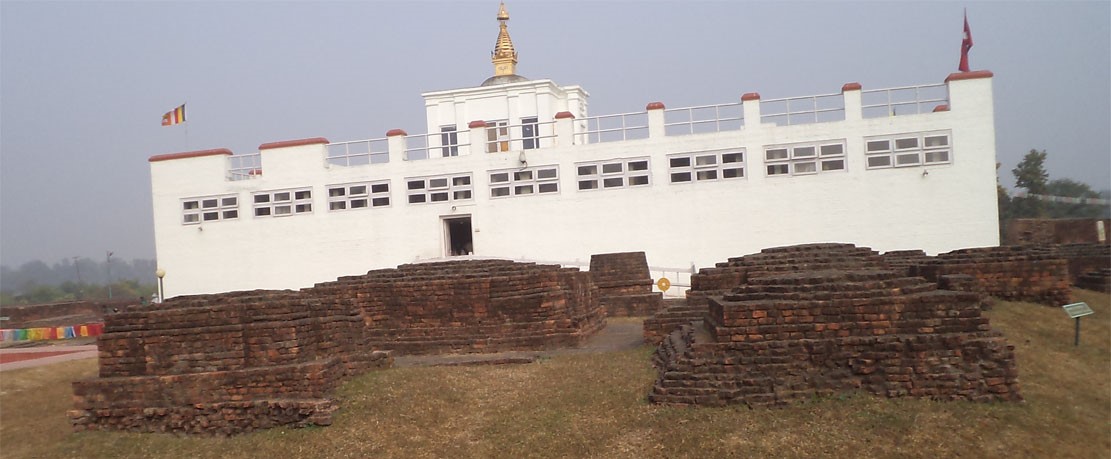
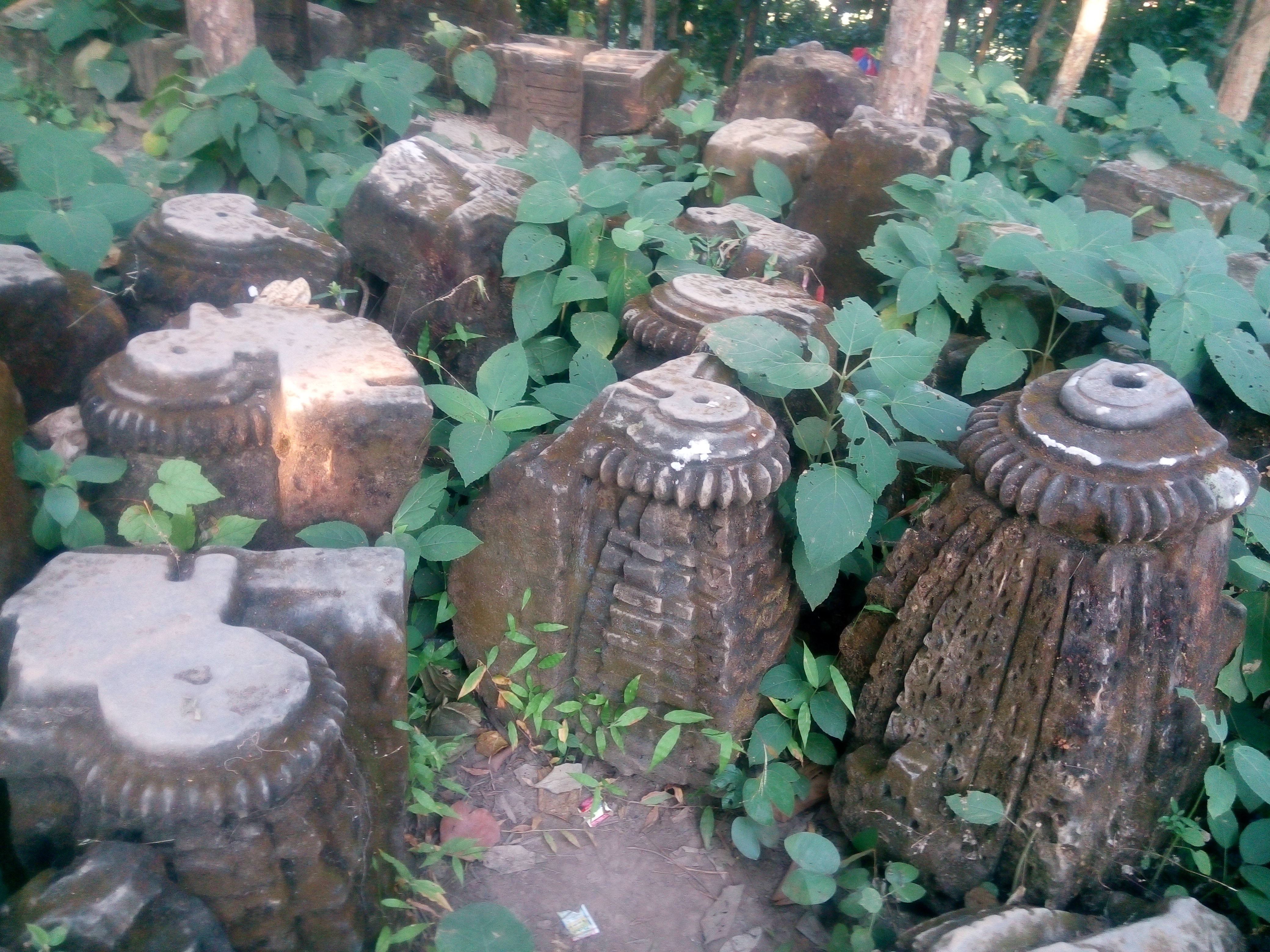
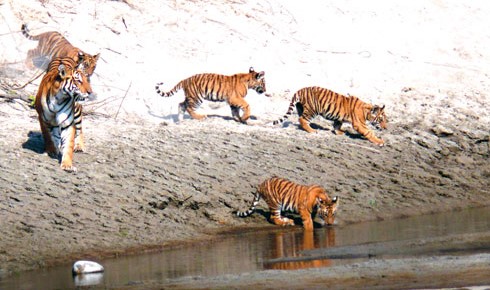
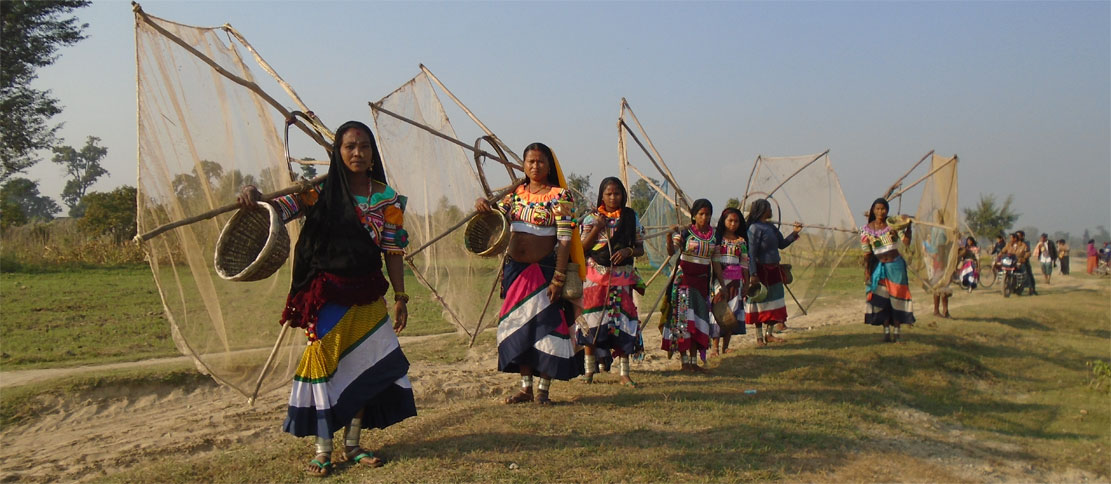
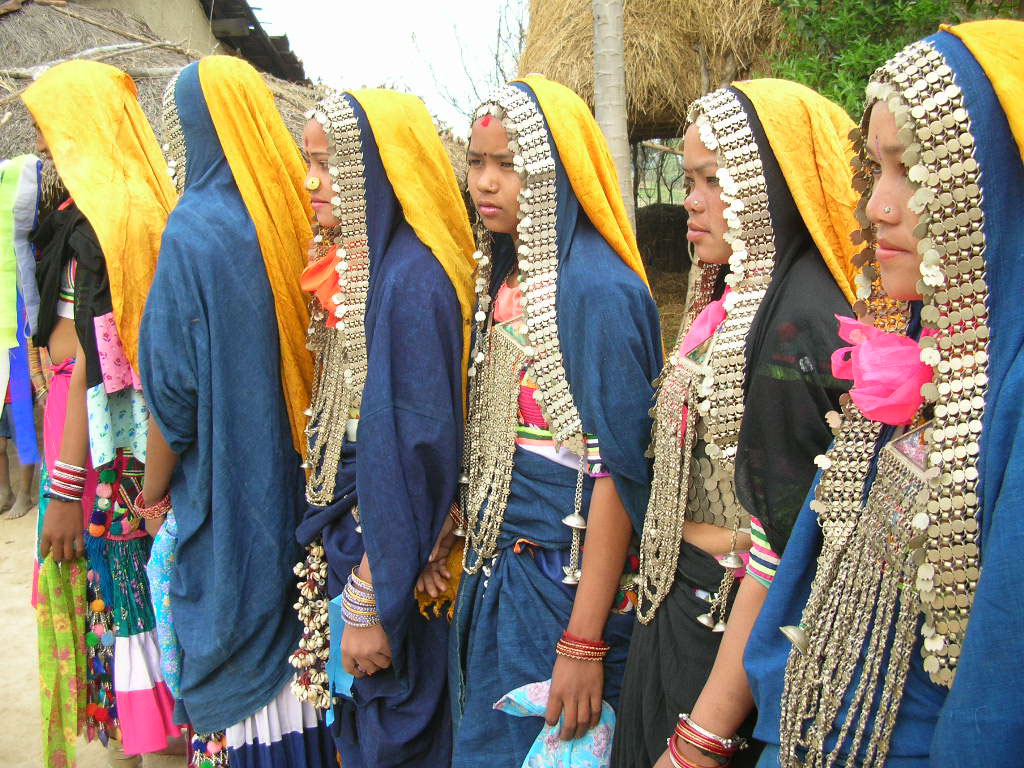
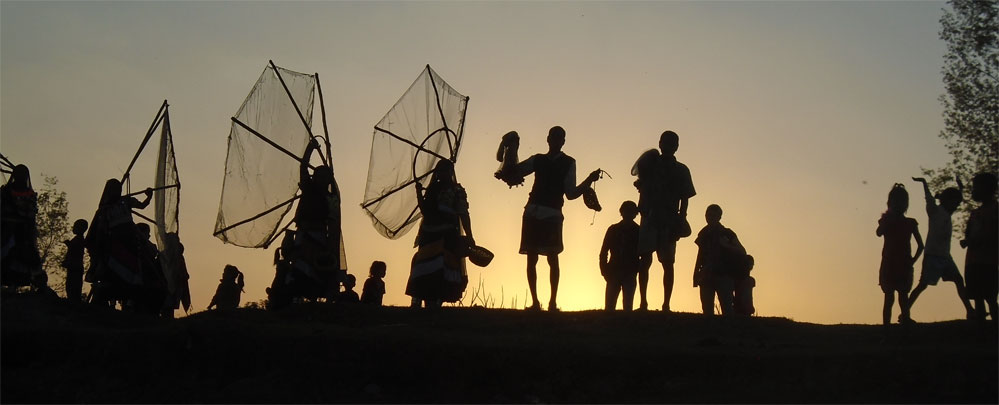
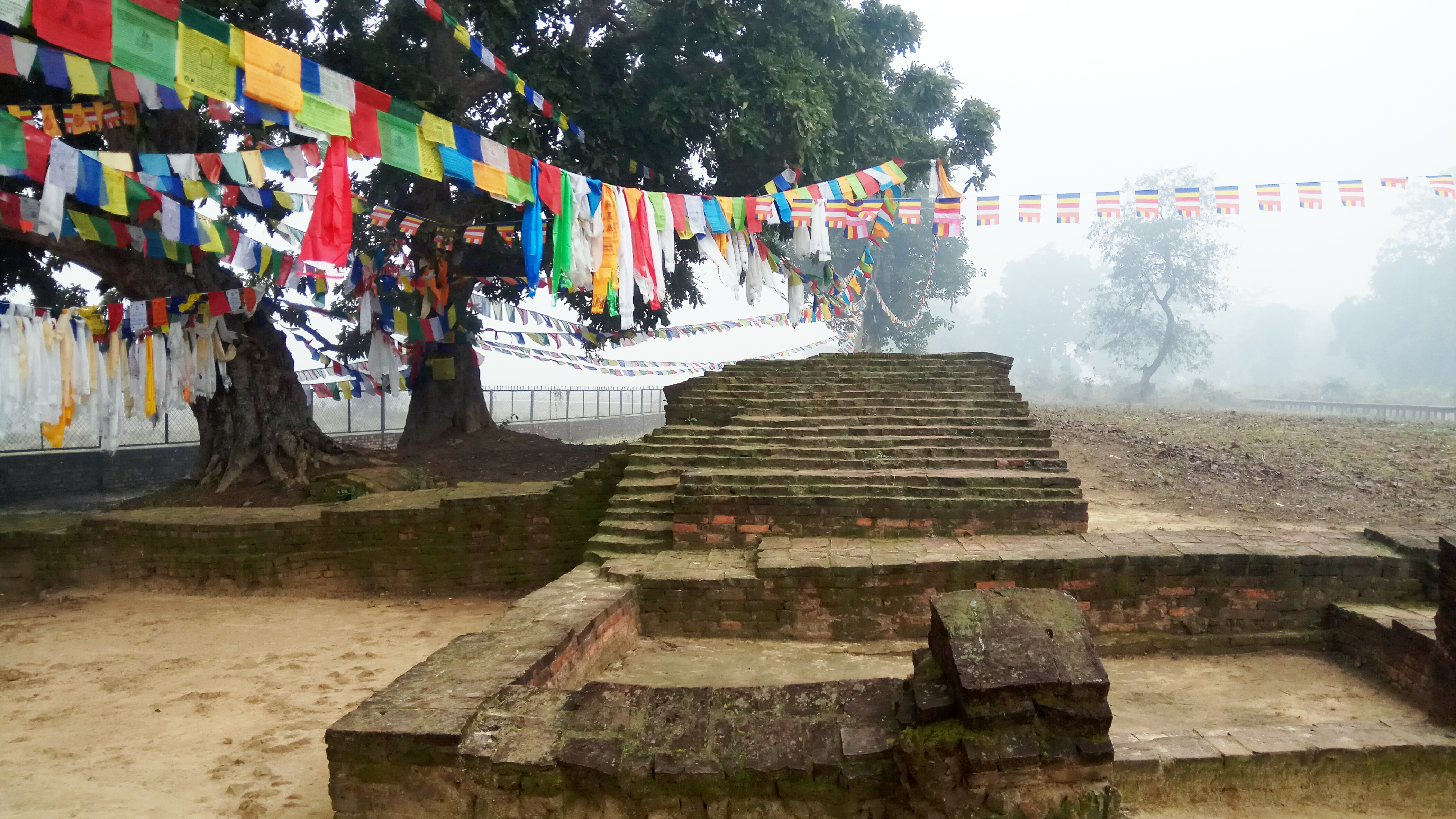
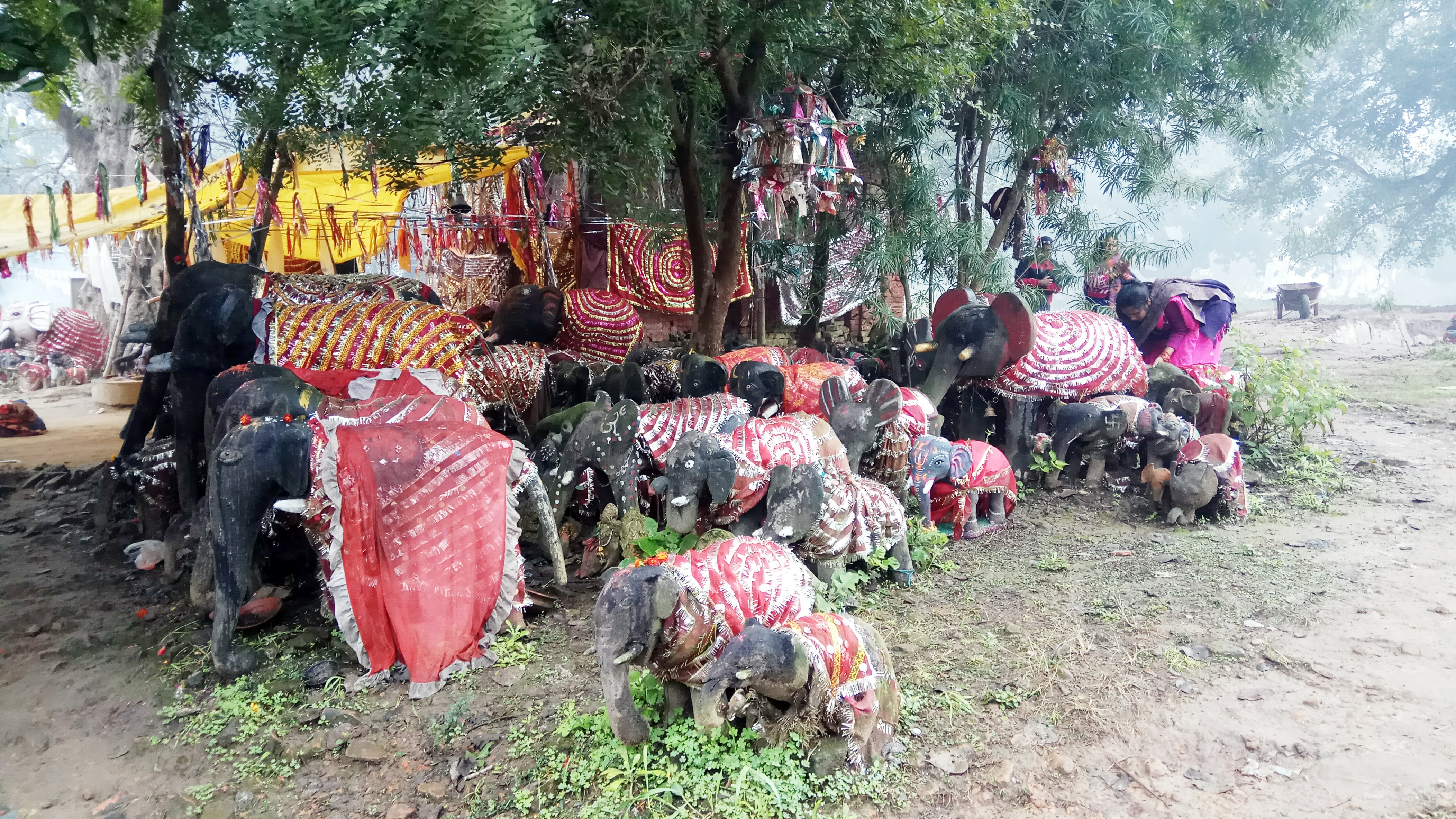
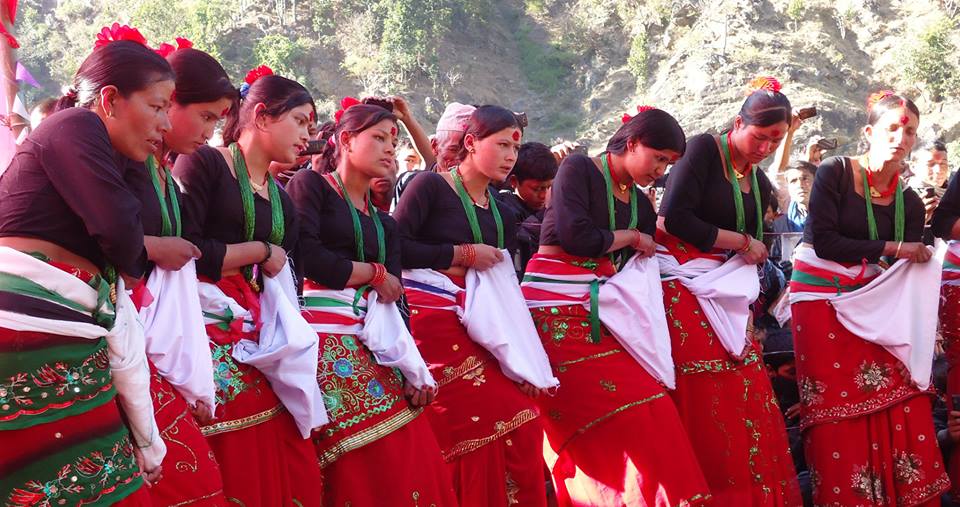
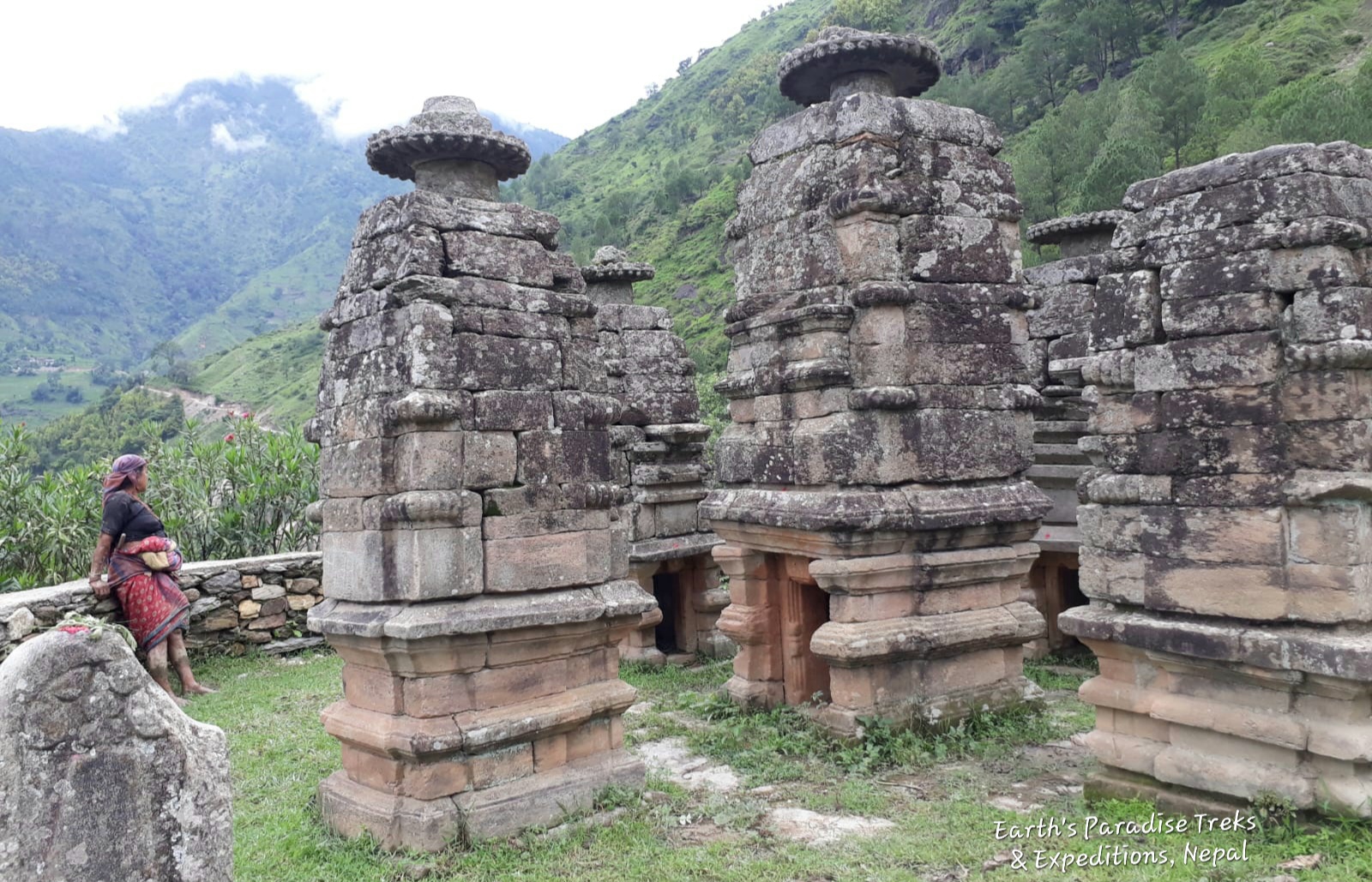
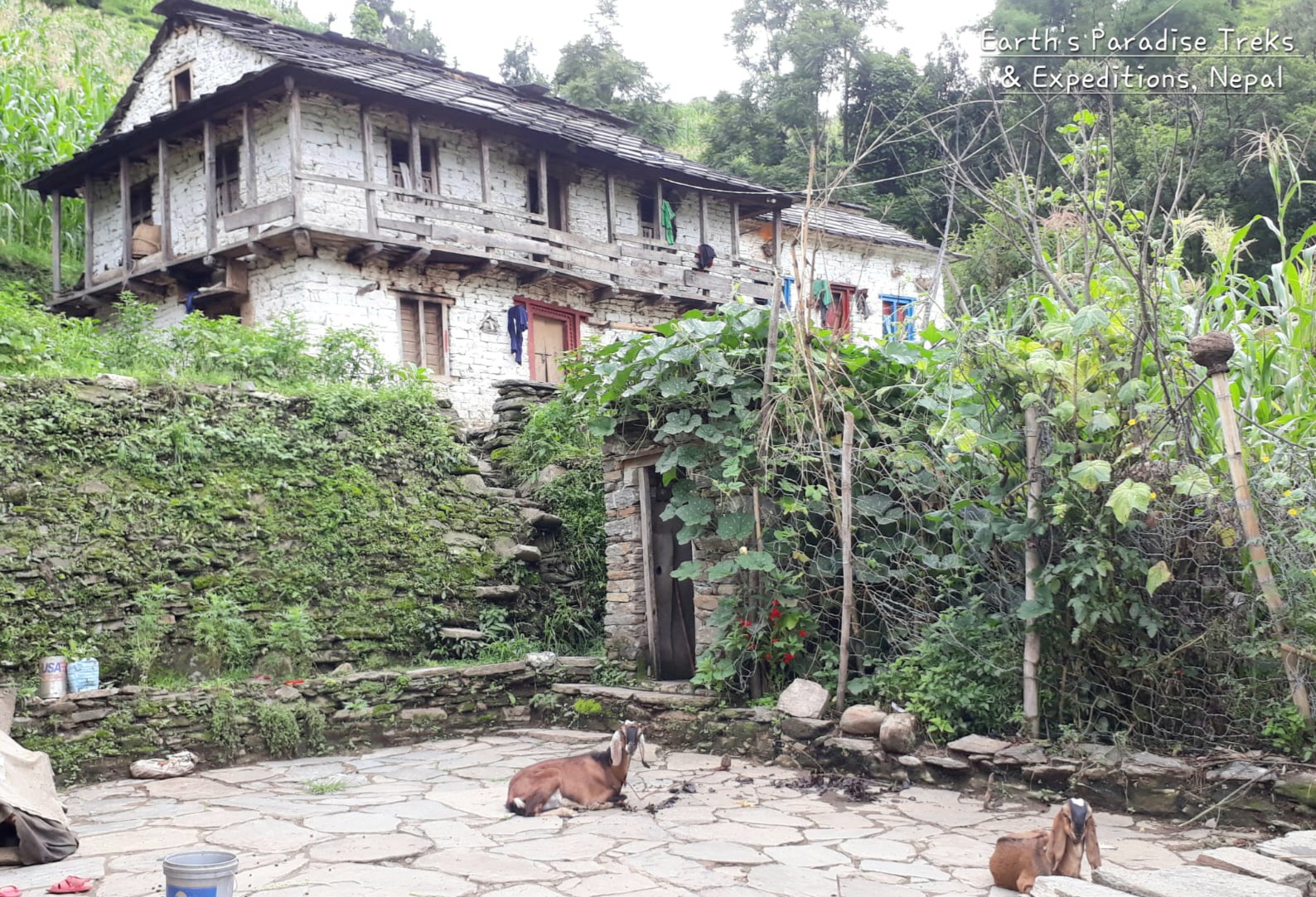
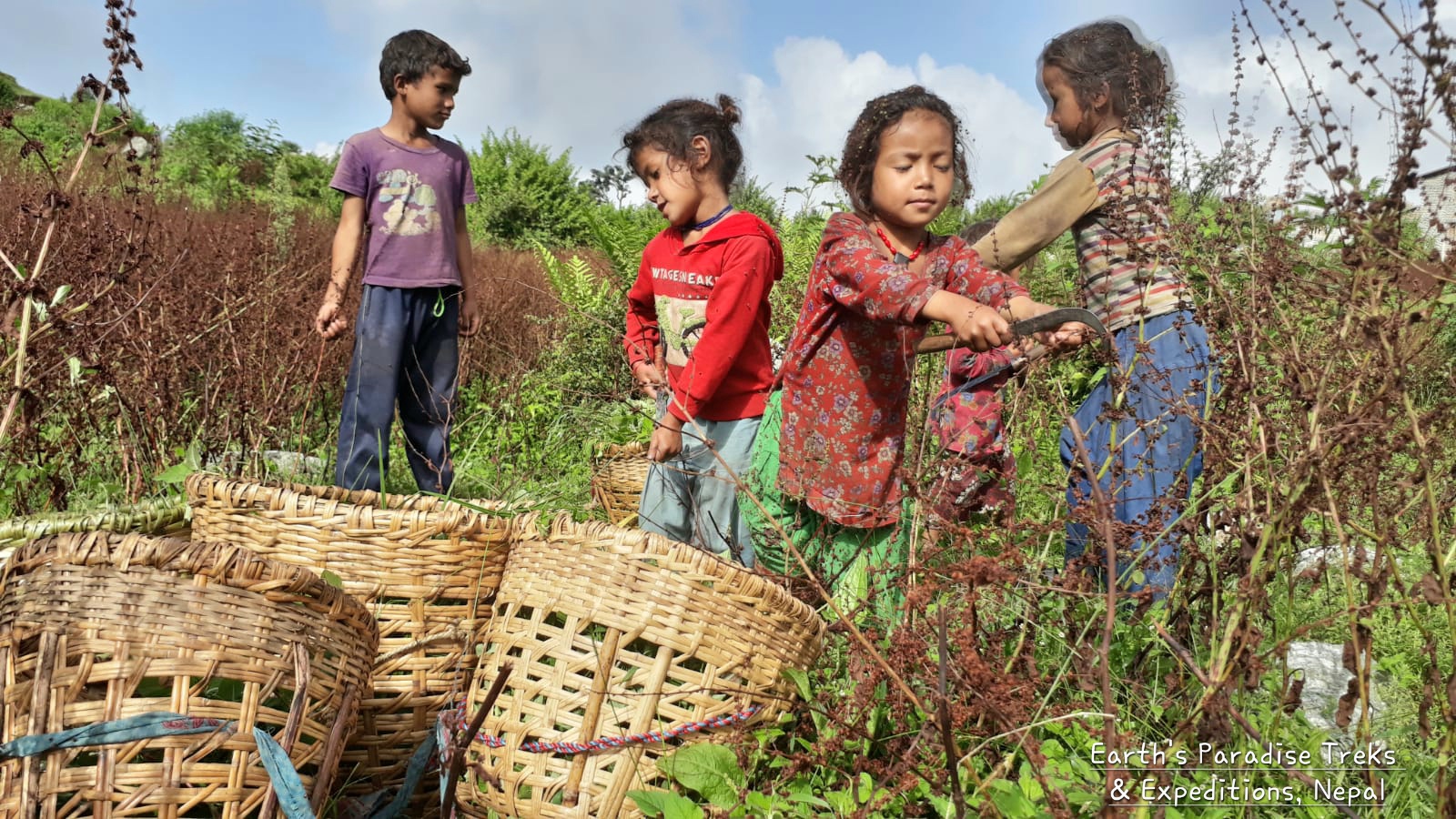
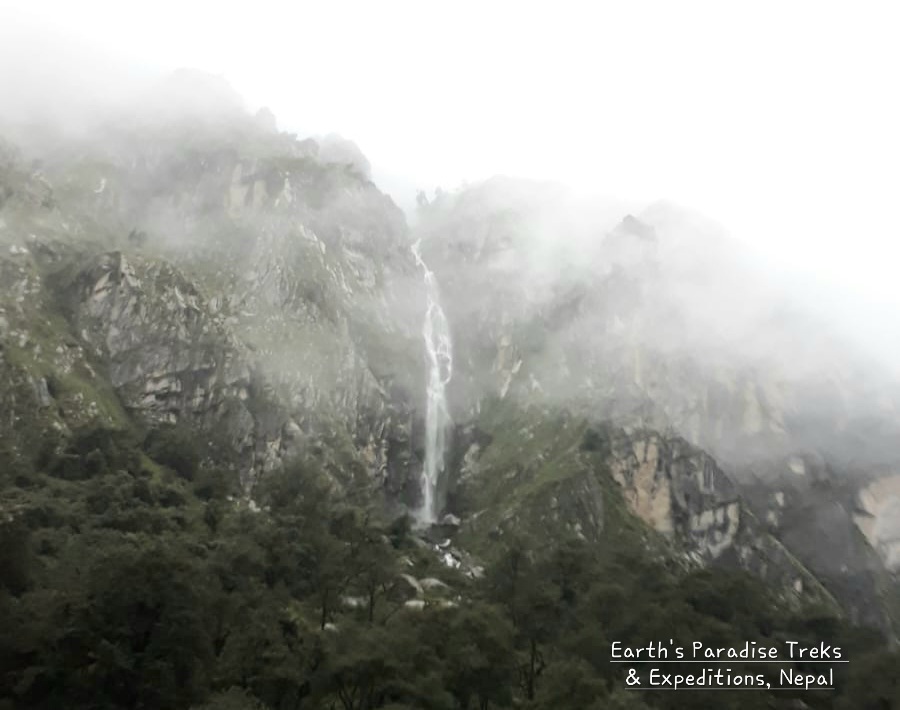
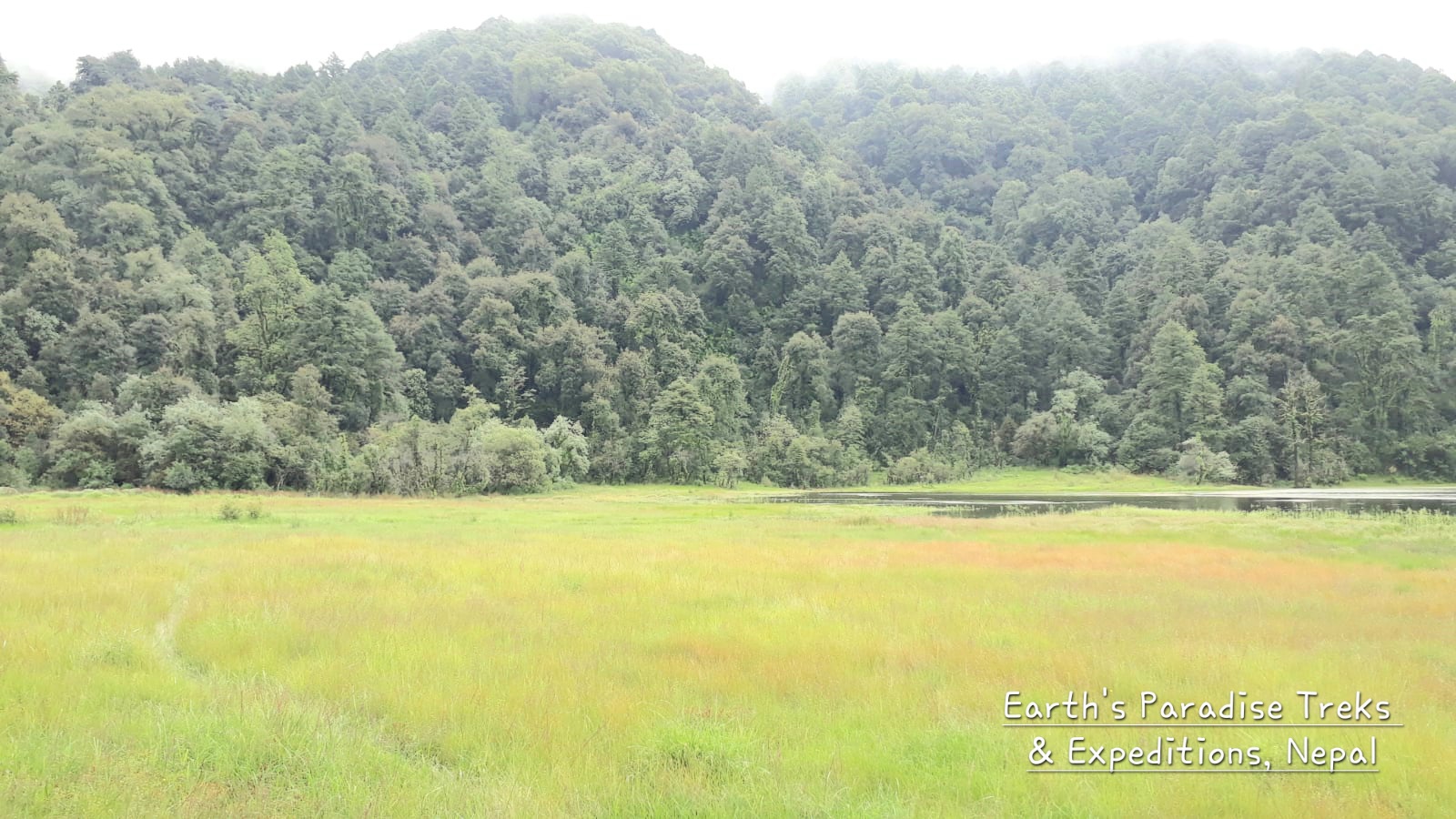
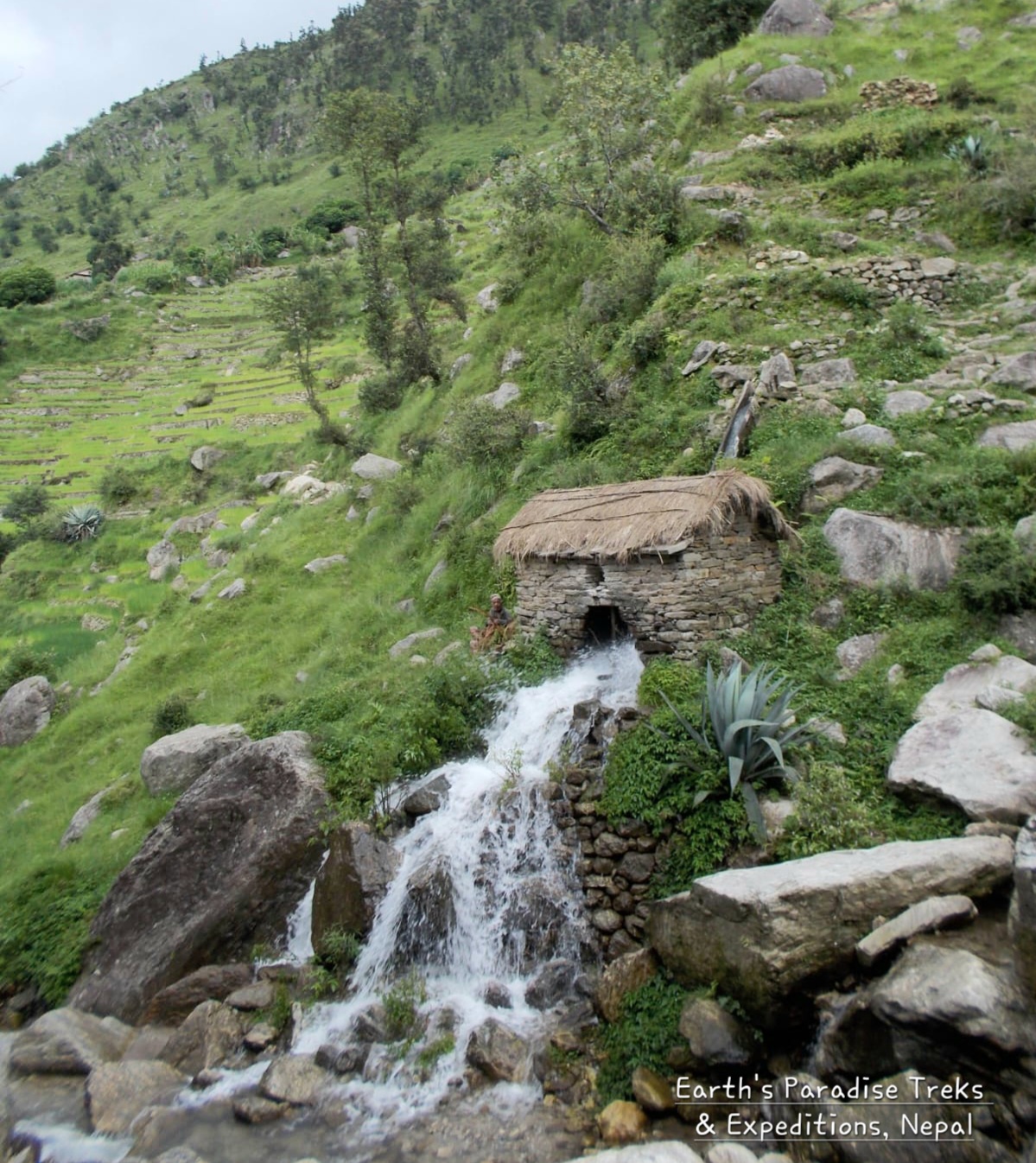
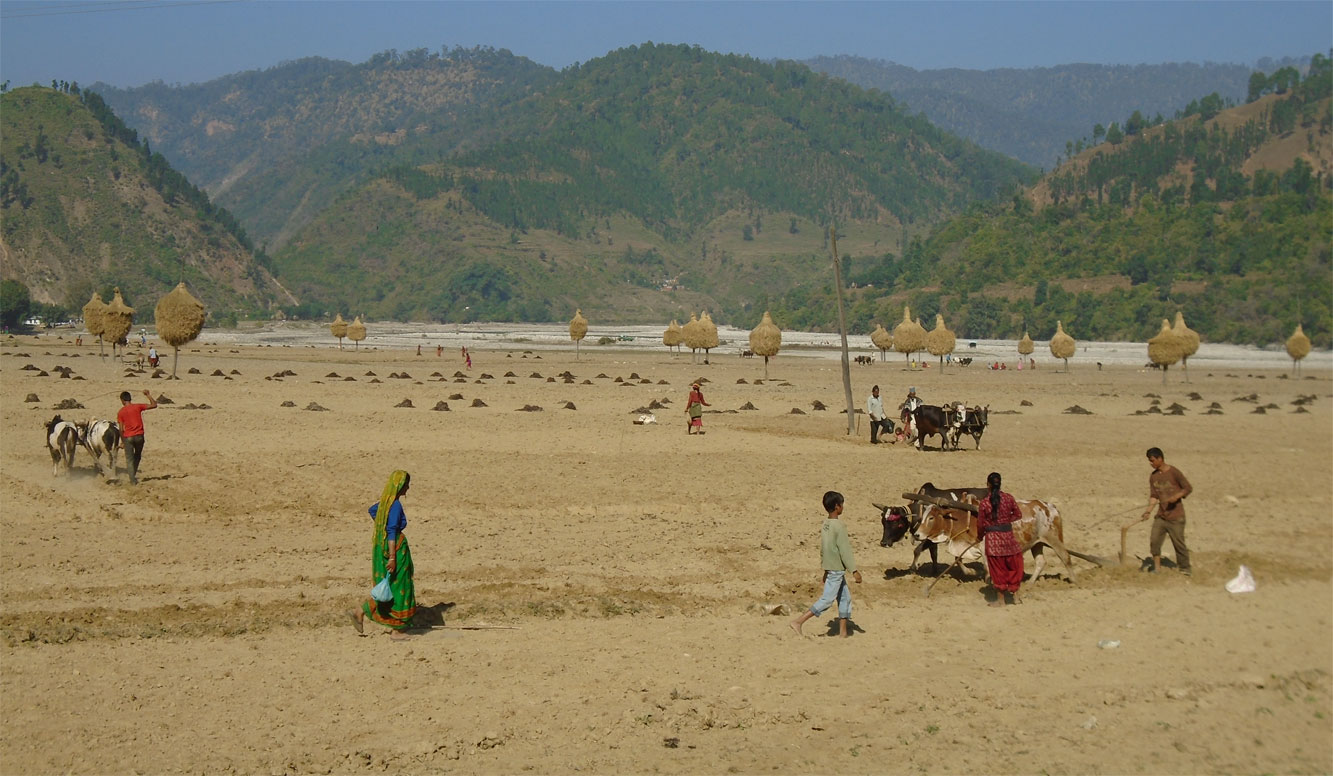
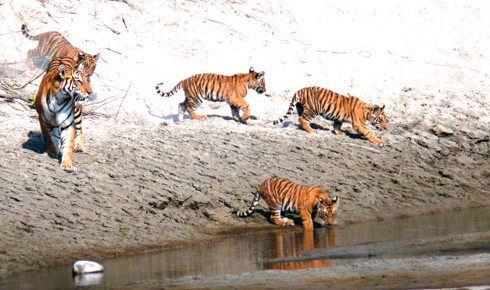
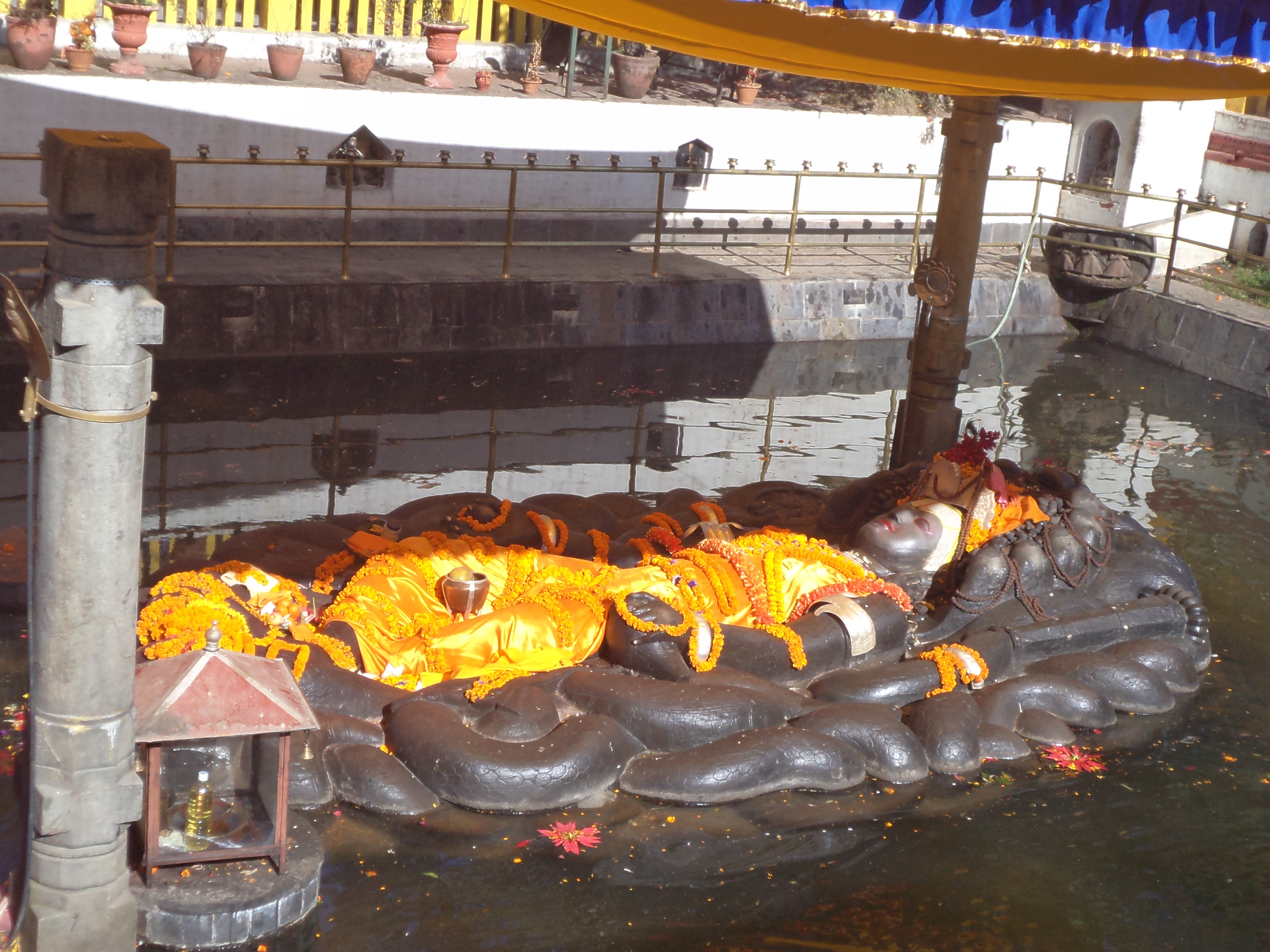
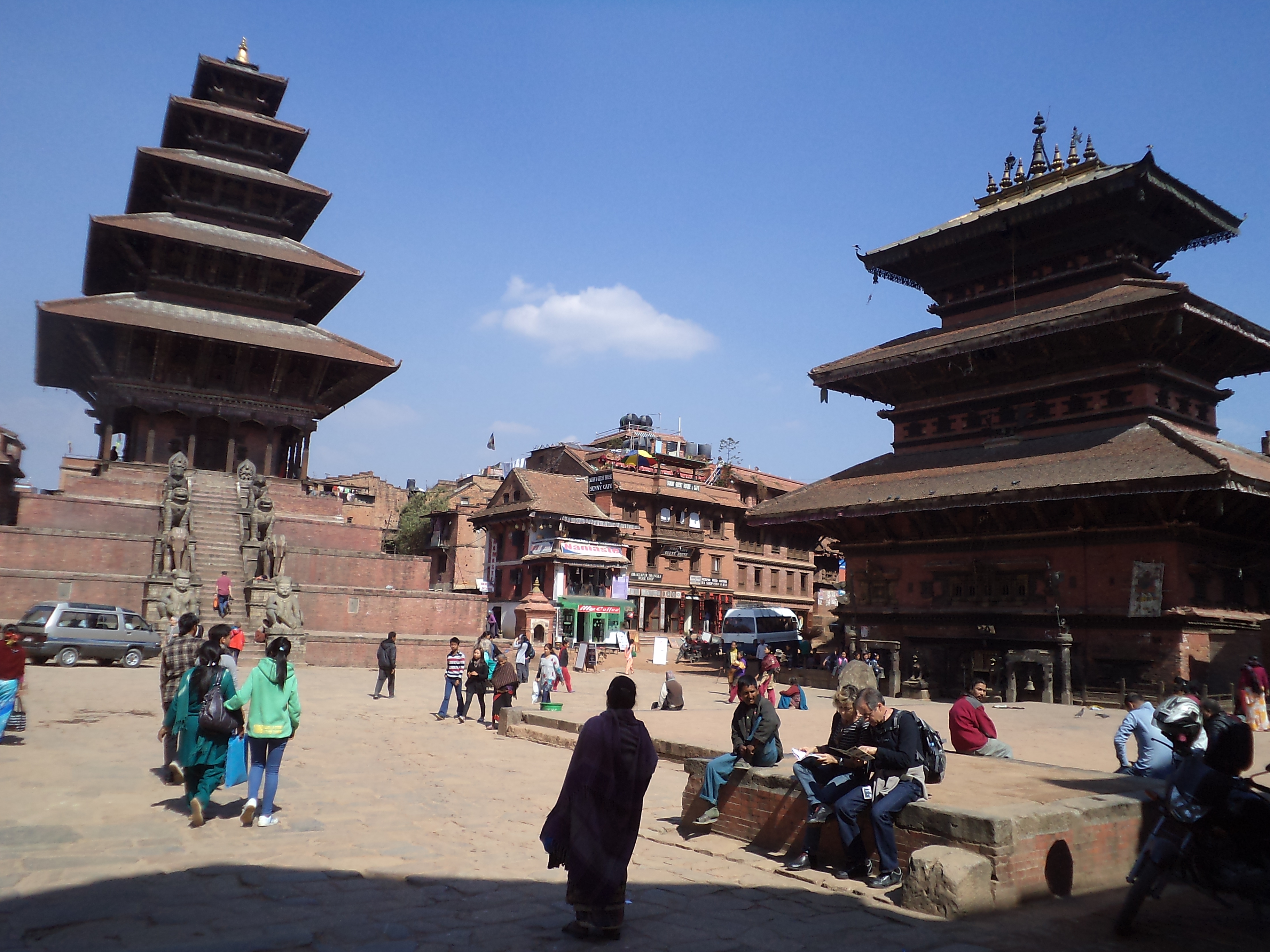
Destination
Activity
Start/End Point
Duration
Grade
Season
Group Size
Hotel/Accomdation
Highest Elevation